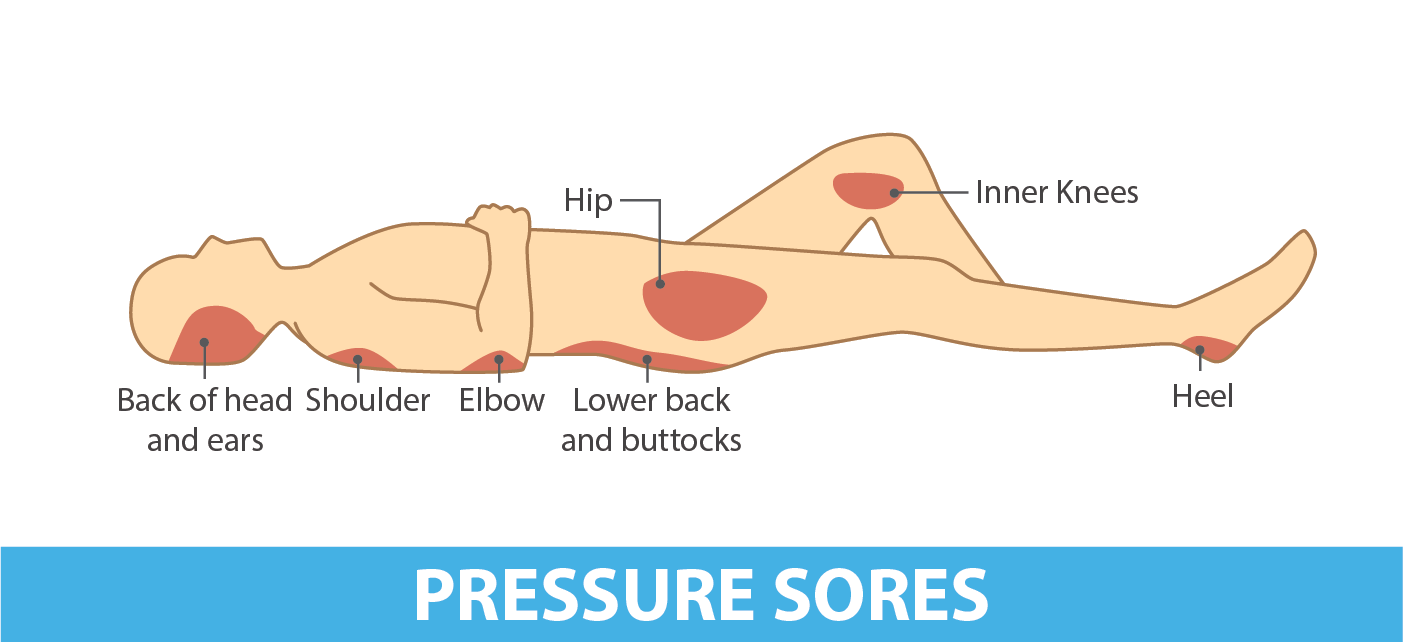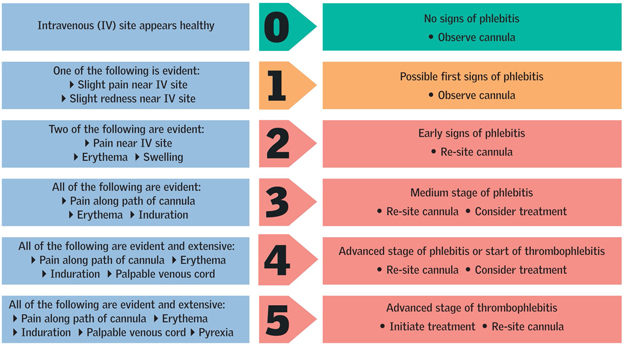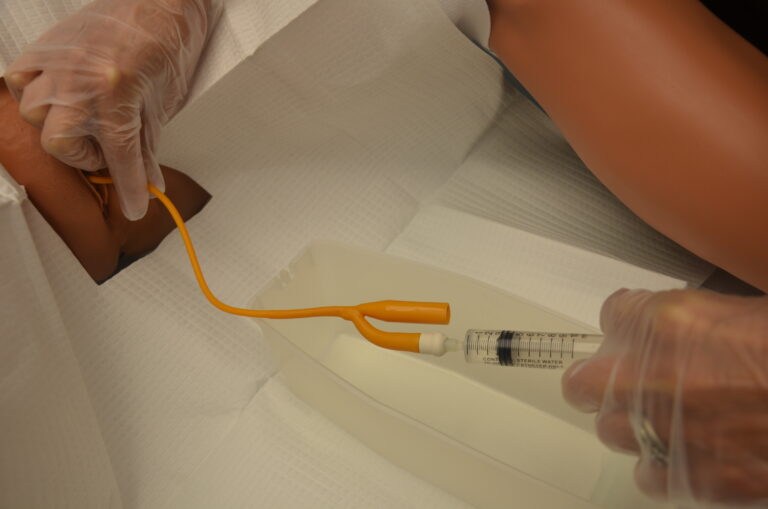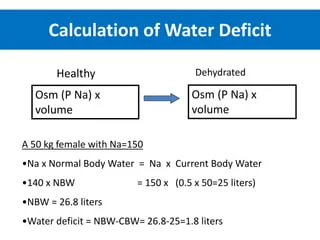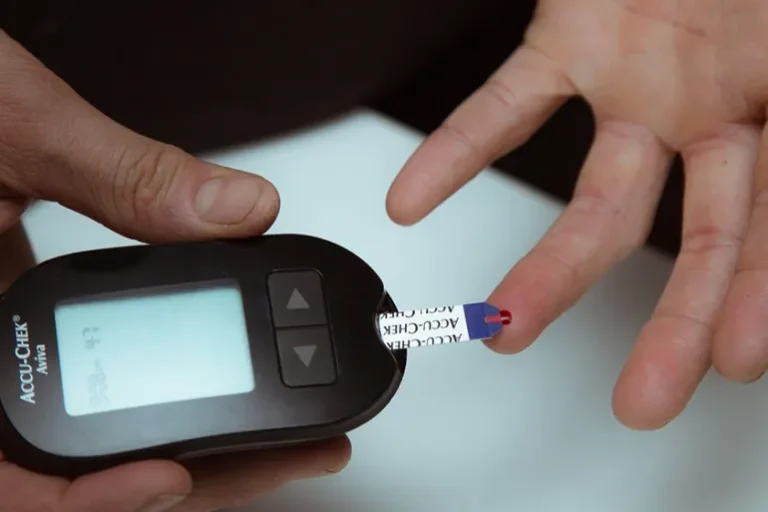Pressure Area Assessment in the NMC OSCE
Pressure Area Assessment in the NMC OSCE
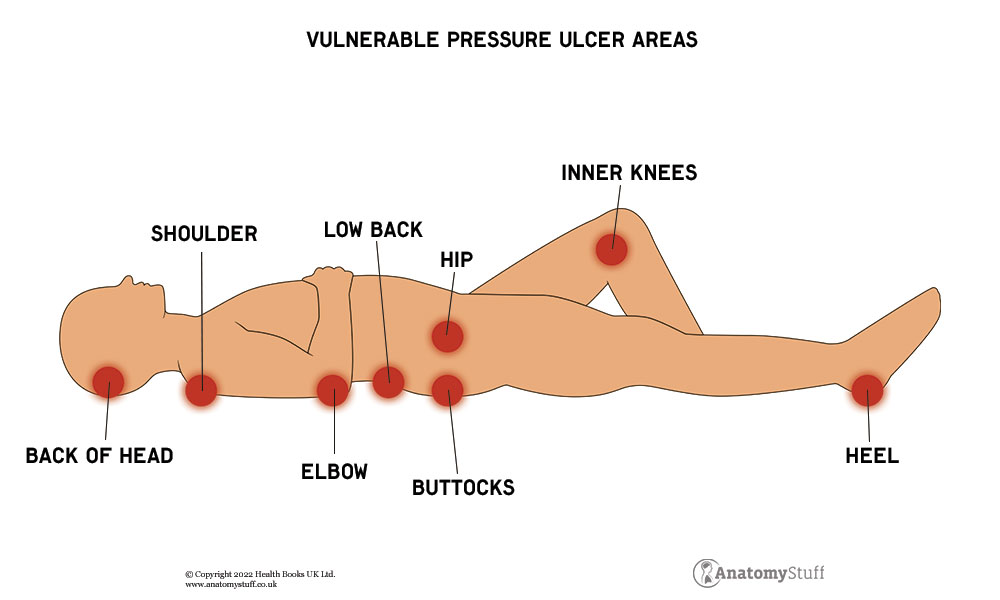
What is Pressure Area Assessment?
Pressure area assessment involves evaluating a patient’s skin and underlying tissues to identify areas at risk of pressure ulcers. This assessment is crucial for preventing these ulcers, which can lead to severe complications if not managed properly
Key Objectives of the Pressure Area Assessment Station
- Risk Identification: Use tools like the Braden Scale to assess the risk of pressure ulcer development.
- Observation: Examine the patient’s skin for signs of pressure damage, such as redness, swelling, or open sores.
- Documentation: Accurately record your findings and the patient’s risk level in the appropriate format
Steps to Conduct a Pressure Area Assessment
- Preparation: Ensure you have all necessary equipment, including gloves, a Braden Scale, and documentation tools.
- Patient Interaction: Introduce yourself, explain the procedure, and obtain consent. Ensure the patient is comfortable and maintains privacy.
- Visual Inspection: Check common pressure points such as the heels, sacrum, elbows, and back of the head. Look for any signs of redness, swelling, or sores.
- Palpation: Gently palpate the skin to assess for any underlying tissue damage.
- Use of Braden Scale: Evaluate the patient using the Braden Scale, which considers factors like sensory perception, moisture, activity, mobility, nutrition, and friction/shear
- Documentation: Record your findings accurately, including the Braden Scale score and any observed skin changes
Common Challenges and Tips
- Time Management: The station has a time limit, so practice conducting assessments efficiently.
- Attention to Detail: Thoroughly inspect all pressure points and document findings meticulously.
- Communication: Clearly explain the procedure to the patient and ensure their comfort throughout the assessment
Conclusion
The Pressure Area Assessment station in the NMC OSCE is essential for demonstrating your ability to prevent and manage pressure ulcers. By following a systematic approach and practicing your skills, you can excel in this station. Remember, effective communication and accurate documentation are key to success.
